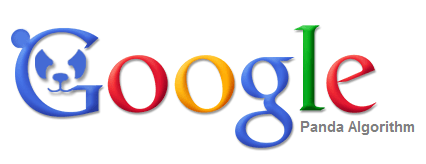The rules of SEO are changing every day. That’s why it’s important to make sure that your strategies align with Google’s best practices, so that your rankings don’t take a hit. Over the years, Google has been a huge advocate of original, quality content. So much so that in February of 2011 the search giant unleashed the Panda penalty, which targeted sites with low quality and/or duplicate content, in an effort to improve the overall quality and relevance of their search results. In a recent Google Webmaster Help video, Google’s head of web spam Matt Cutts discussed the duplicate content issue and answered the question: “How does Google handle duplicate content?”
“It’s important to realize that around 25 -30% of all content on the web is duplicate content,” shares Cutts. “Duplicate content does happen, like quoting someone else’s content and then linking back to the original post.”
He goes on to say that not all duplicate content is considered spam. “For the most part, duplicate content is not really treated as spam. It’s just treated as something that we need to cluster appropriately. We need to make sure that [the content] ranks correctly. That said, he does go on to that if you’re publish nothing but duplicate content, and if you’re doing it in a deceptive or malicious manner, Google does reserve the right to take action on what they deem as “spammy” content.
So in a nutshell, be careful where and how you’re using duplicate and avoid it the best you can. But like many other aspects of SEO, as long as you keep it natural, you should be in good shape.


